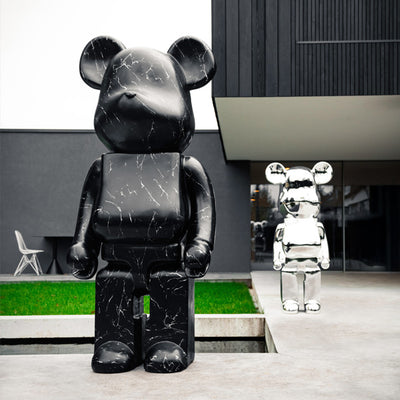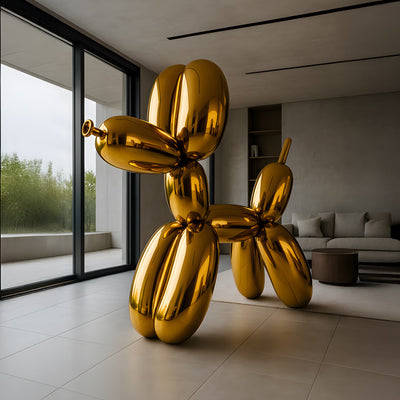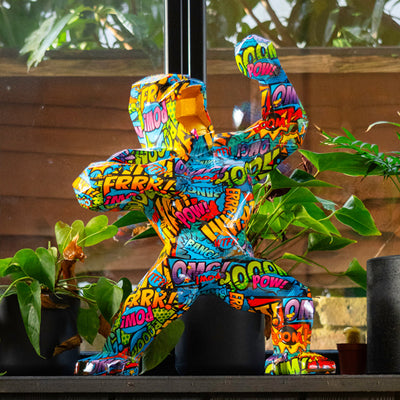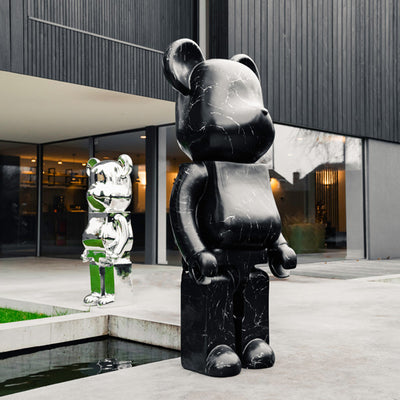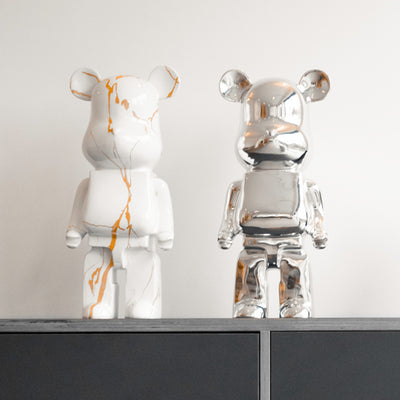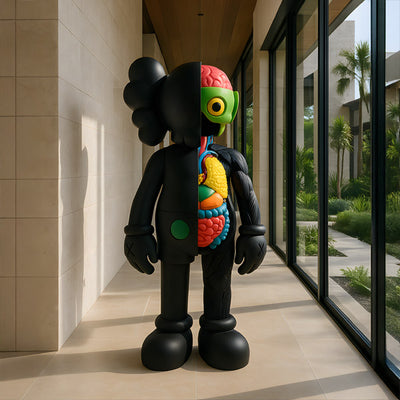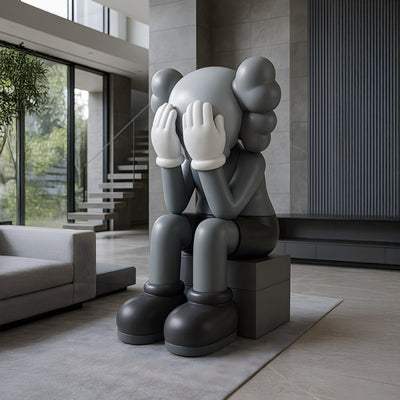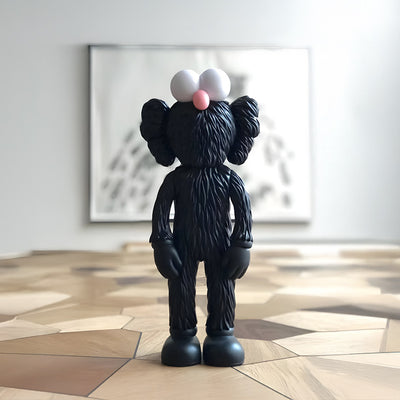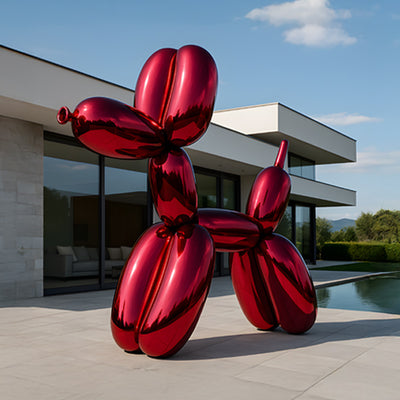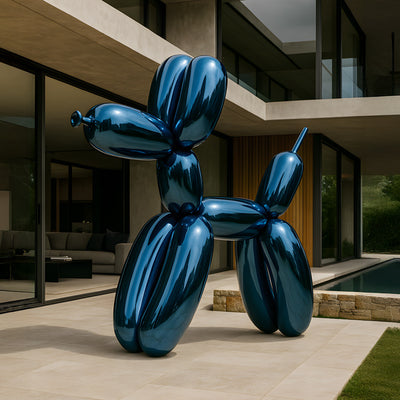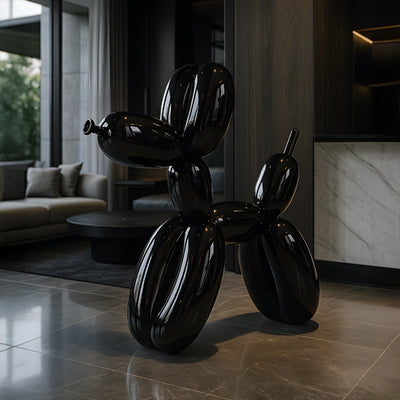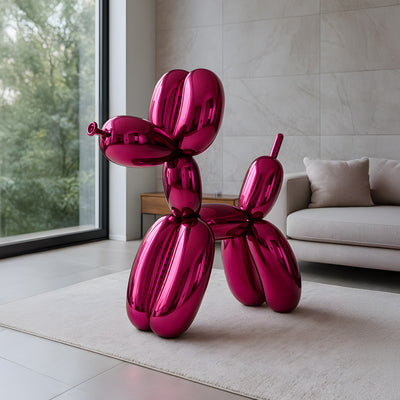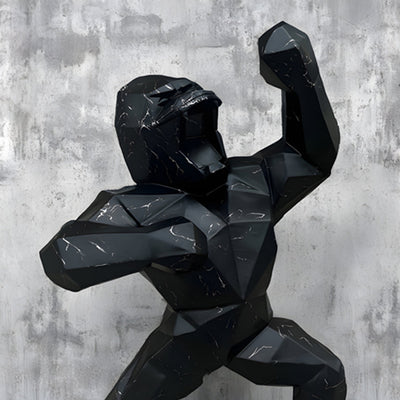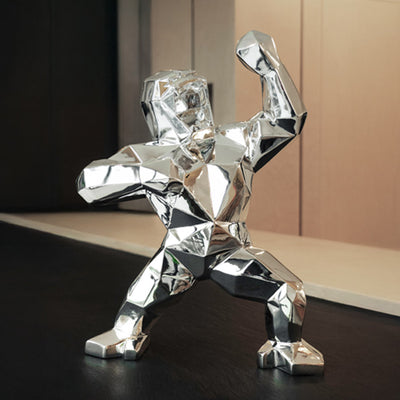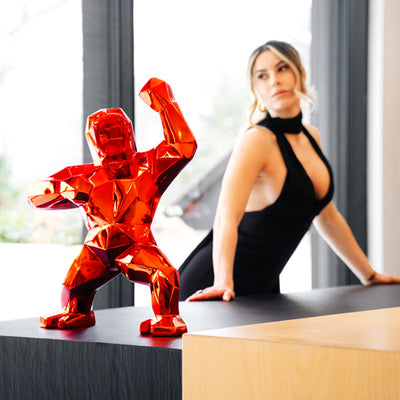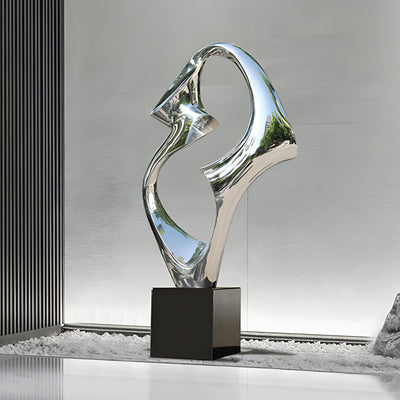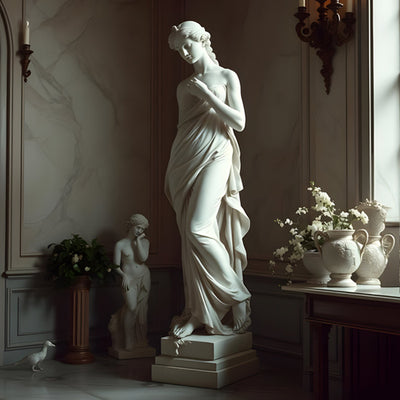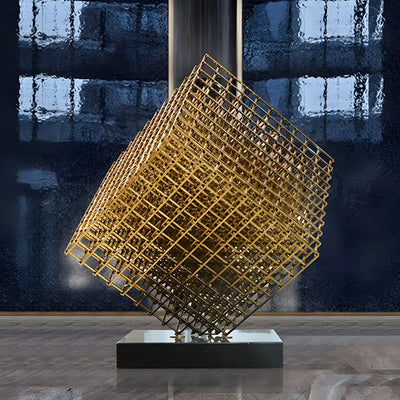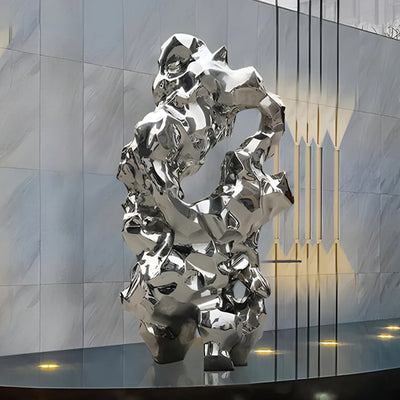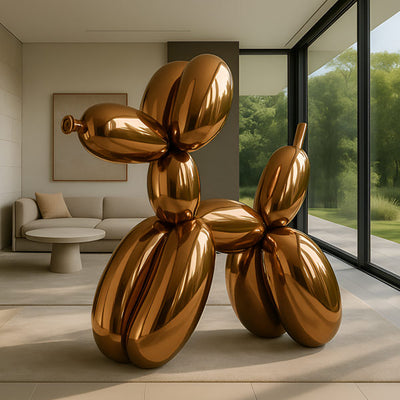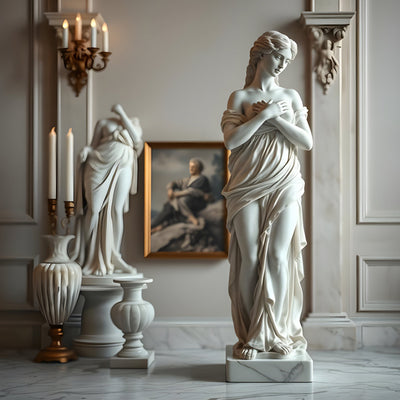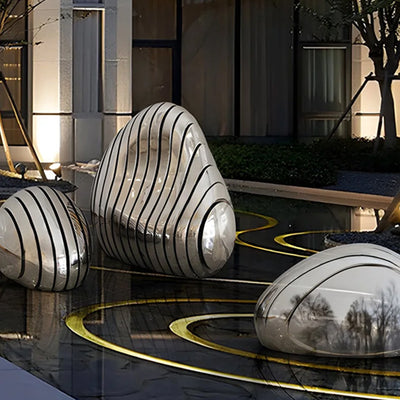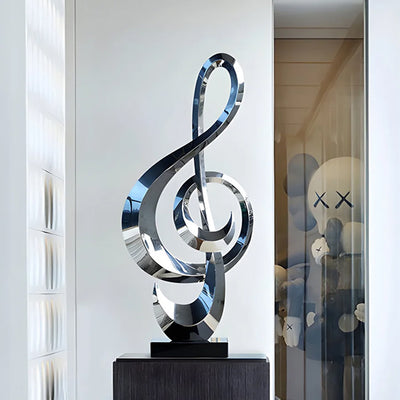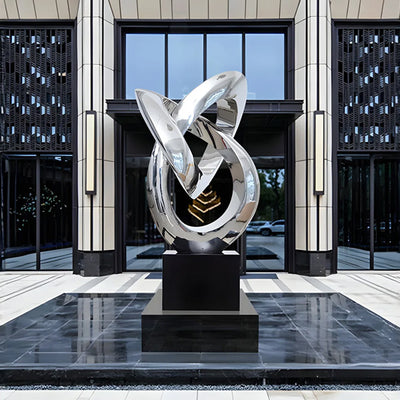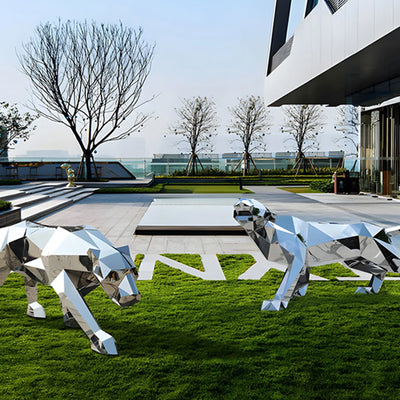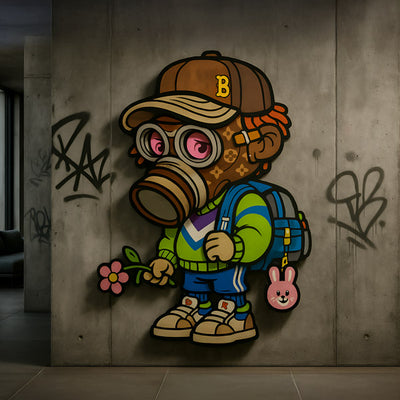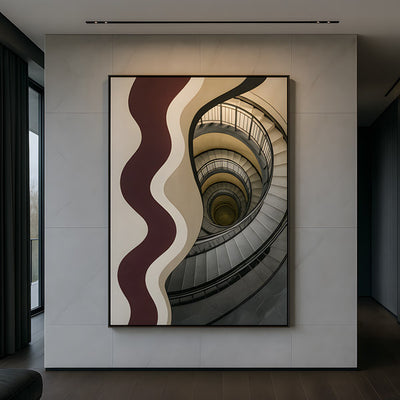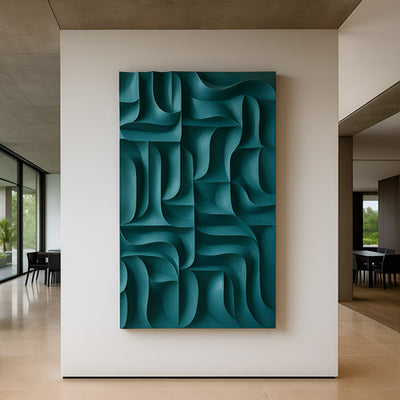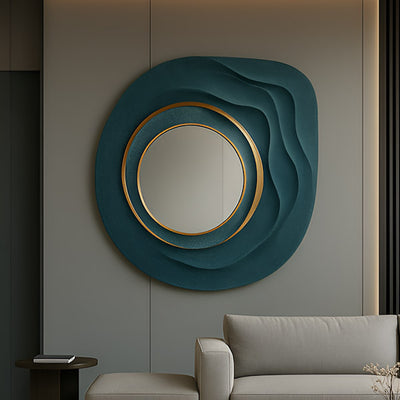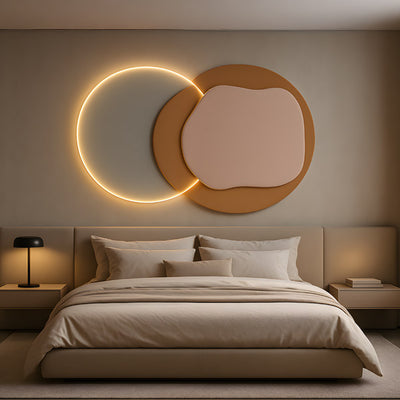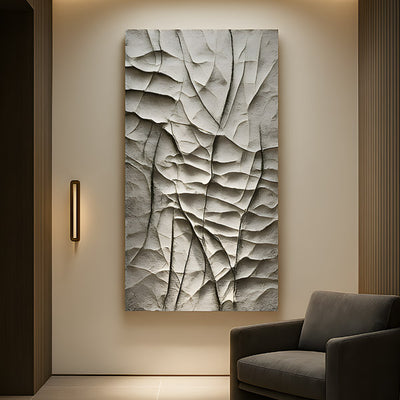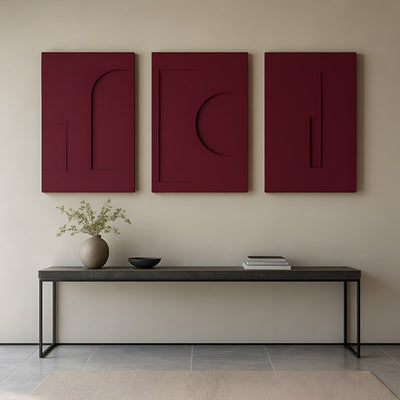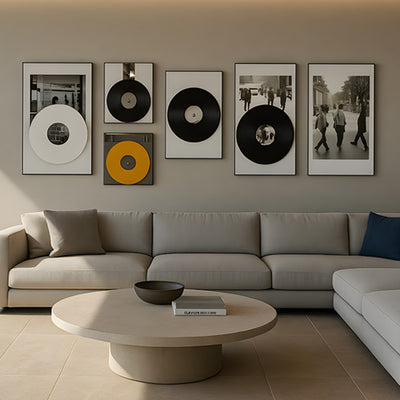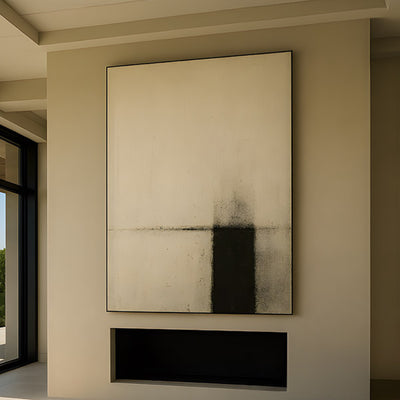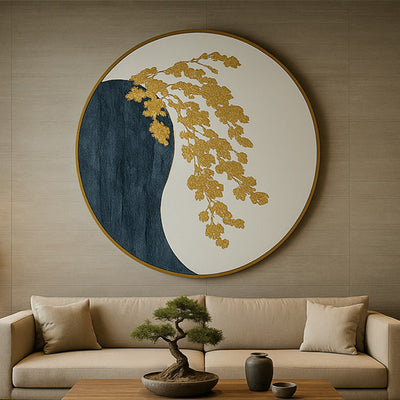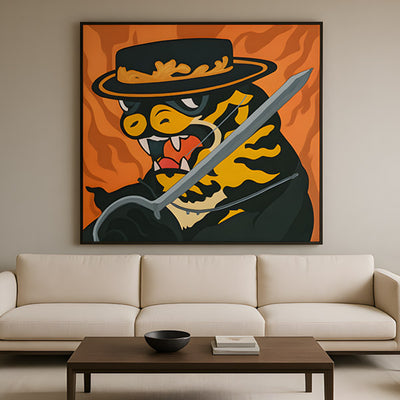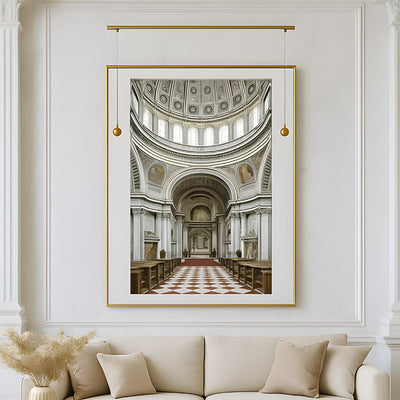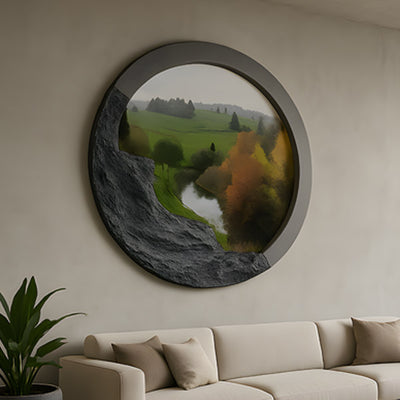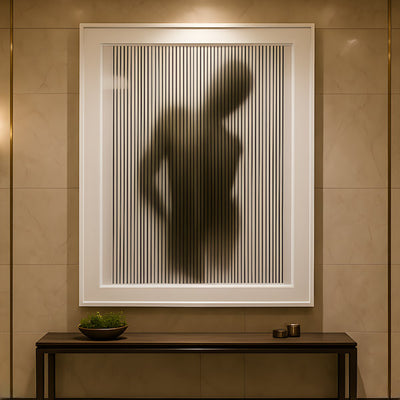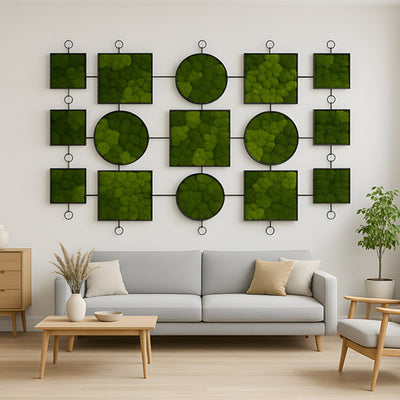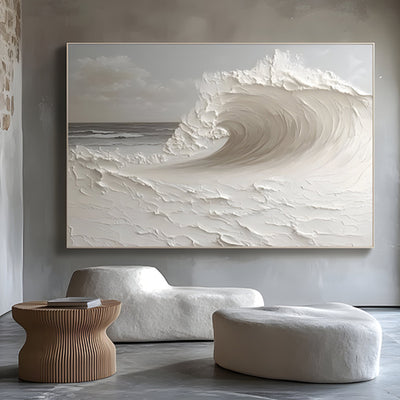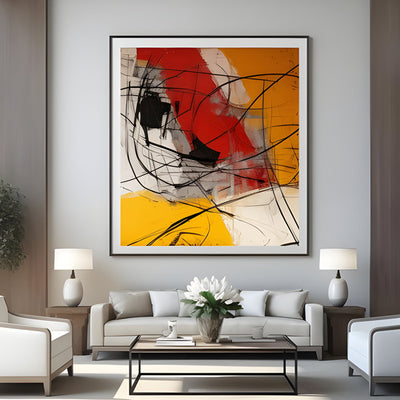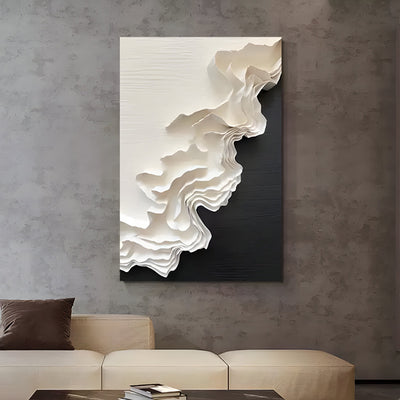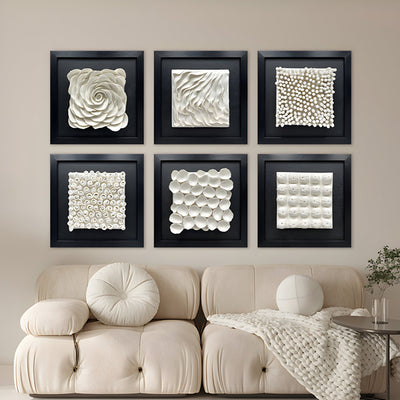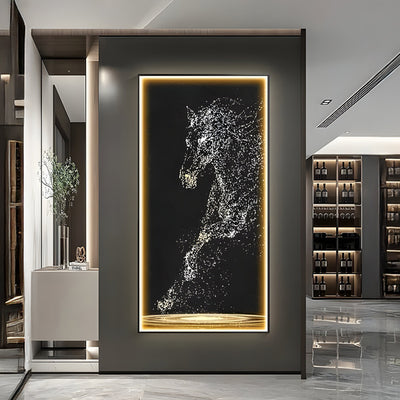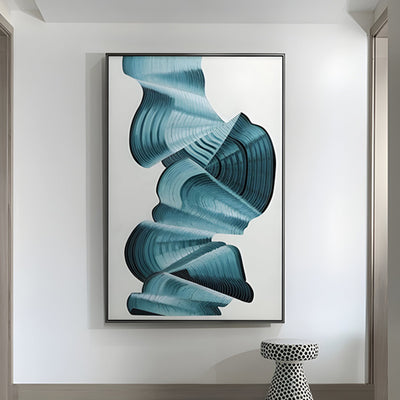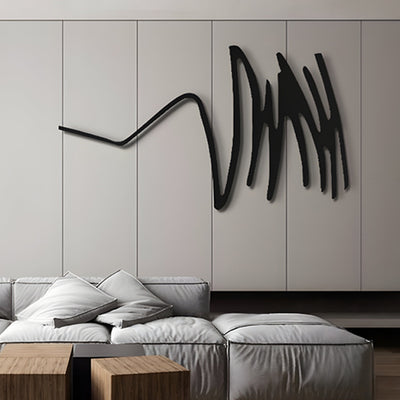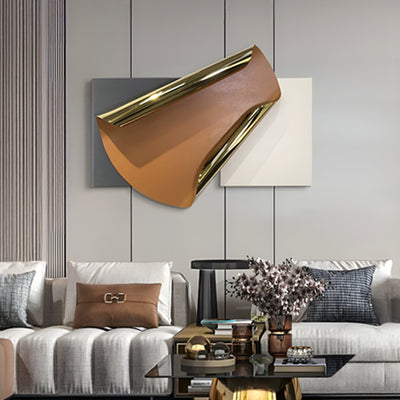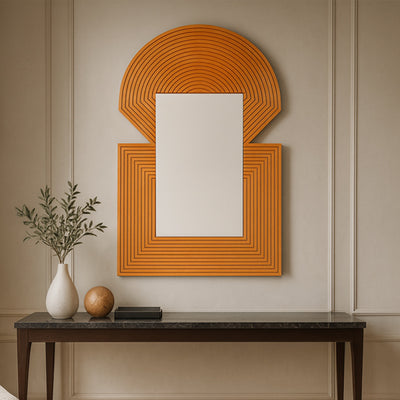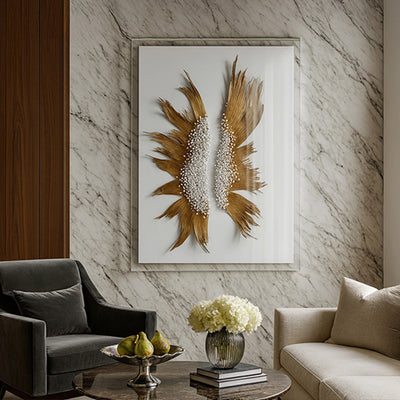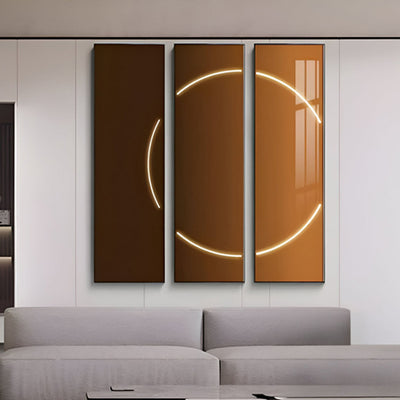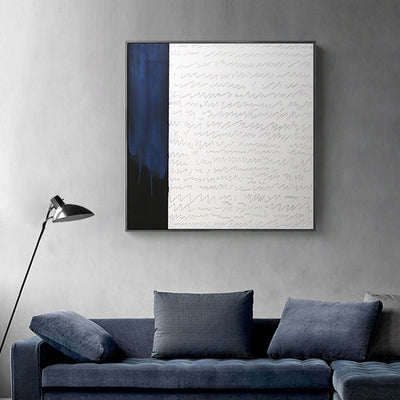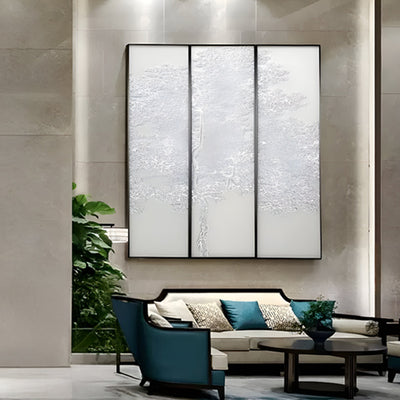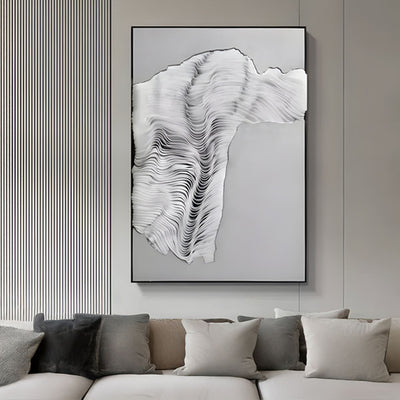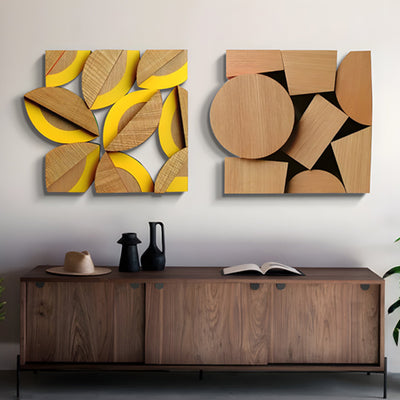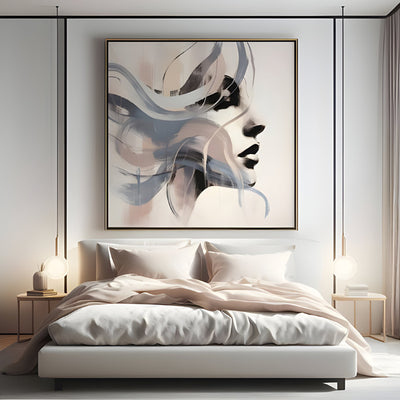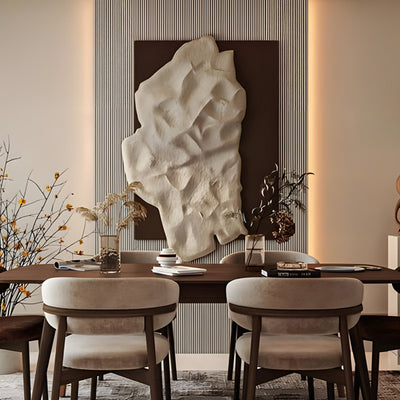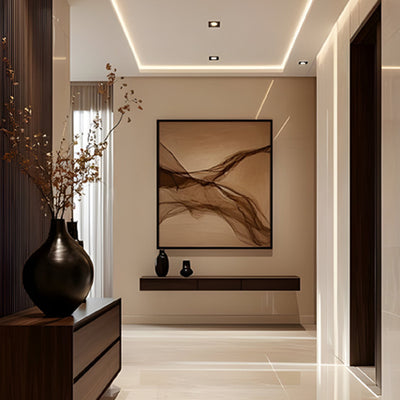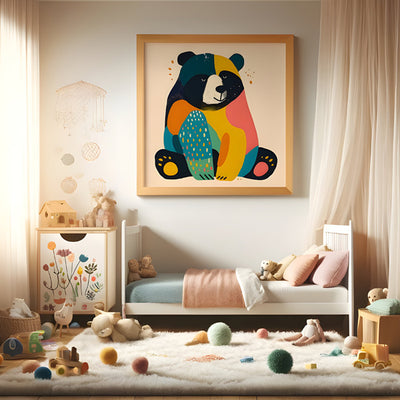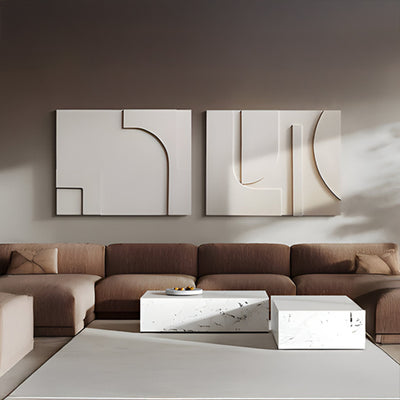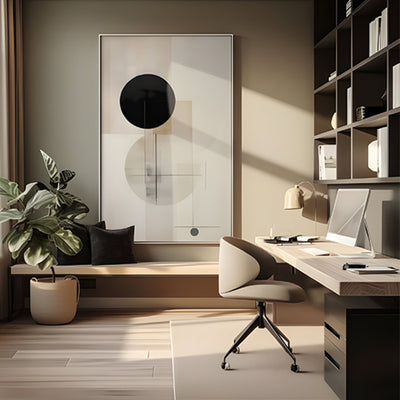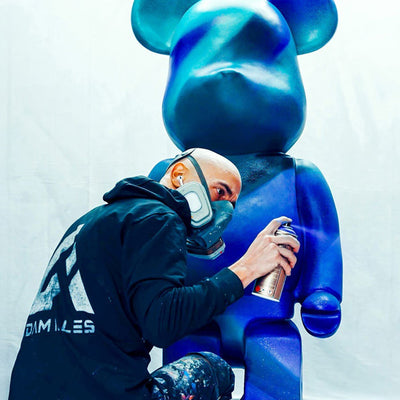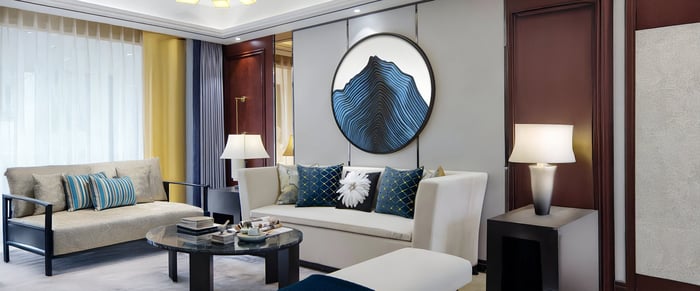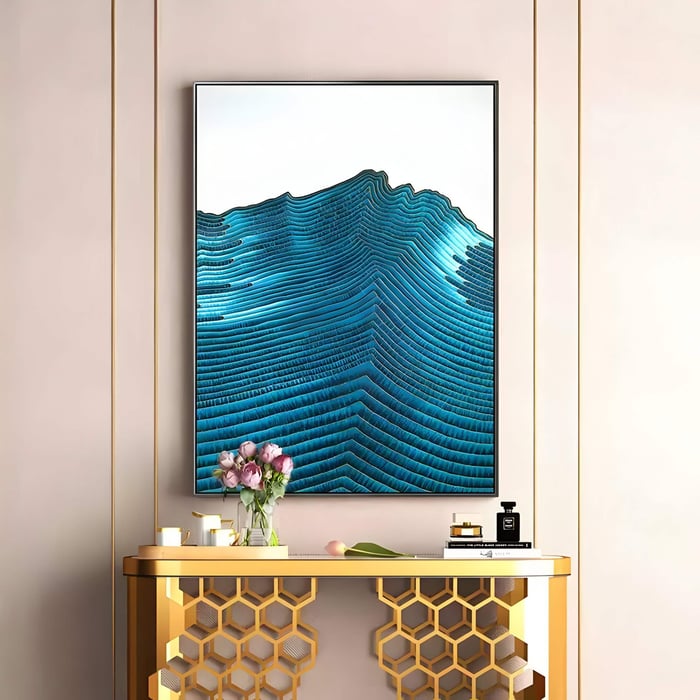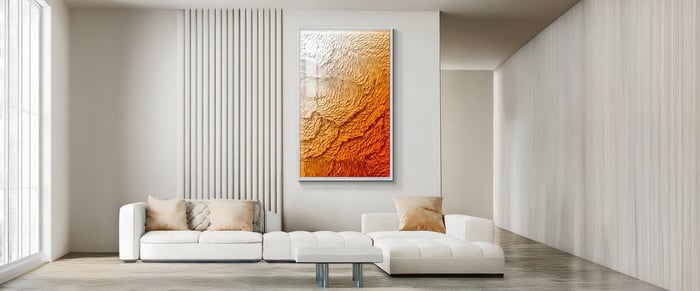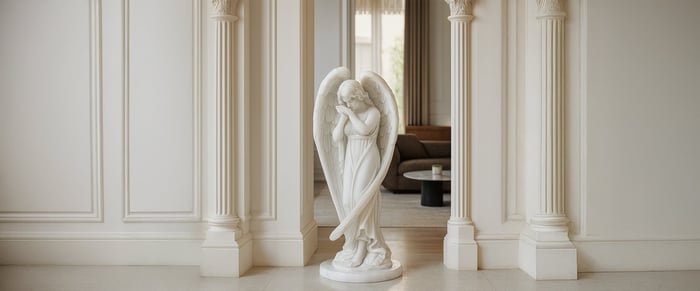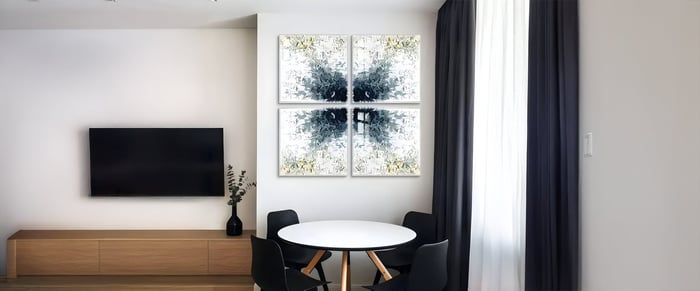Table of Contents
- Introduction - The Magic Behind Enamel Art Walls
- What Is Enamel Art? Foundation & History
- Materials & Tools: What You Need to Start
- Preparation Steps: From Base to First Layer
- Firing & Fusion: The High-Heat Stage
- Finishing, Polishing & Framing
- Challenges & Tips from the Field
- Conclusion - The Journey from Powder to Wall
- FAQs
Introduction - The Magic Behind Enamel Art Walls
Imagine standing before a gleaming enamel wall art panel: its surface glassy, colours luminous, depth seemingly infinite. Few mediums offer the same intensity of colour and durability as enamel art, where glass and metal fuse through fire.
What makes enamel painting so distinctive is its permanence - once fired, enamel remains vibrant for centuries. Artists have used it in jewellery, metalwork, and sacred objects, but in wall paintings, enamel takes on an even more powerful presence.
This article explores the journey of enamel painting: from enamel powders and metal bases, through preparation and firing, to finishing and framing. Along the way, we’ll examine the enamel painting process, its challenges, and why vitreous enamel art continues to captivate both makers and collectors.
What Is Enamel Art? Foundation & History
At its core, enamel art is the fusion of powdered glass onto a metal surface through high heat. The powder, known as frit, melts in the kiln at temperatures between 600–850 °C, forming a smooth, glossy coating.
Historically, enamel painting adorned jewellery, chalices, religious artefacts, and armour. The Byzantines refined cloisonné enamel (compartments formed with fine wires), while medieval artisans developed champlevé (engraved recesses filled with enamel). Renaissance masters elevated the technique, and even Fabergé eggs showcased its brilliance.
In modern times, enamel evolved into large-scale applications, including architectural signage and enamel wall art panels. Today, artists experiment with abstract and figurative enamel paintings on copper or steel plates, combining ancient craftsmanship with contemporary vision.
Materials & Tools: What You Need to Start
Every enamel artwork begins with a strong base. Traditionally, copper is the most common substrate, though silver, gold, and steel are also used. The metal must endure repeated firings without warping.
The enamel itself is powdered glass, sometimes pre-coloured with metal oxides. These powders may be opaque, transparent, or opalescent. Artists use sifters, droppers, or brushes to apply enamel evenly or in patterns.
A specialised kiln is essential, capable of sustaining high temperatures with precision. Safety matters too - masks, gloves, and ventilation protect against inhaling enamel dust. For intricate work, tools like cloisonné wires, stencils, and engraving implements define areas of colour and pattern.
The toolkit may seem technical, but each item plays a role in transforming inert powder into glowing enamel art techniques.
Preparation Steps: From Base to First Layer
Preparation is vital in the enamel painting process. The metal plate must be meticulously cleaned to remove oils and oxidation, sometimes etched to create surface grip. Any contamination risks poor adhesion.
A base coat of enamel, often a transparent flux or white enamel, is applied first. This ensures subsequent layers bond properly and colours appear bright. Depending on the style, artists may place fine wires (for cloisonné) or carve recesses (for champlevé) before adding coloured enamel.
Layering enamel is a patient process. Each layer is applied, dried slowly to avoid cracking, then fired. For complex designs, several coats may be necessary, each adding depth, texture, or shading.
This meticulous groundwork ensures that once the panel enters the kiln, it’s ready to endure the extremes of heat and emerge as art.
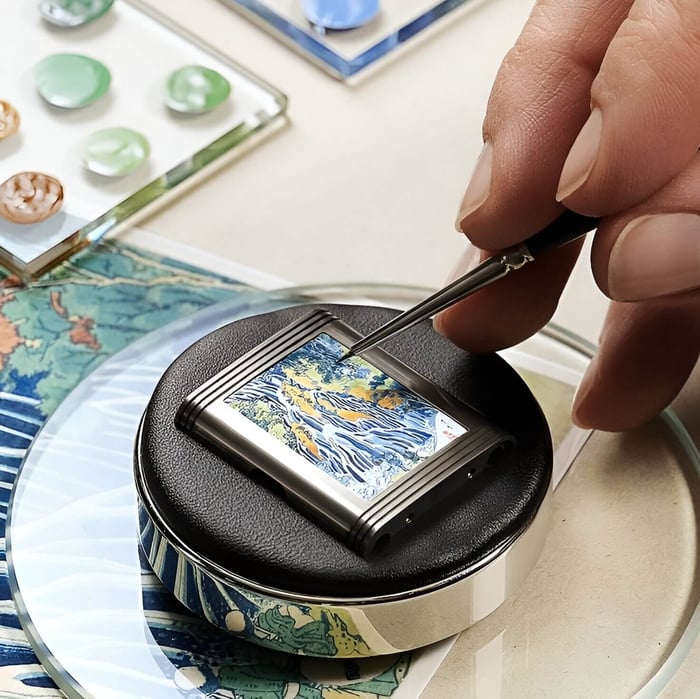
Firing & Fusion: The High-Heat Stage
Firing is where the magic of vitreous enamel art happens. Inside the kiln, the powdered enamel melts into liquid glass and fuses permanently with the metal.
Temperature and Timing
Most enamels fire between 600-850 °C. Too cool, and powders won’t fuse. Too hot, and the enamel risks collapsing, blistering, or discolouring. Timing is equally critical, often just a few minutes determine success.
Multiple Firings
Many enamel wall art pieces require multiple firings to build colour intensity or texture. An artist might fire six or more times, carefully controlling each stage.
Advanced Techniques
Basse-taille: transparent enamel over engraved metal, allowing light to reveal relief beneath.
Ronde-bosse: enamelling on three-dimensional forms.
Pliqué-à-jour: a stained-glass effect where enamel is suspended without backing.
These techniques highlight enamel’s versatility, both painterly and sculptural.
Yet the risks are high. Cracks, colour shifts, or trapped air bubbles can ruin weeks of preparation. But when successful, the result is a permanent, luminous surface unlike any other in art.
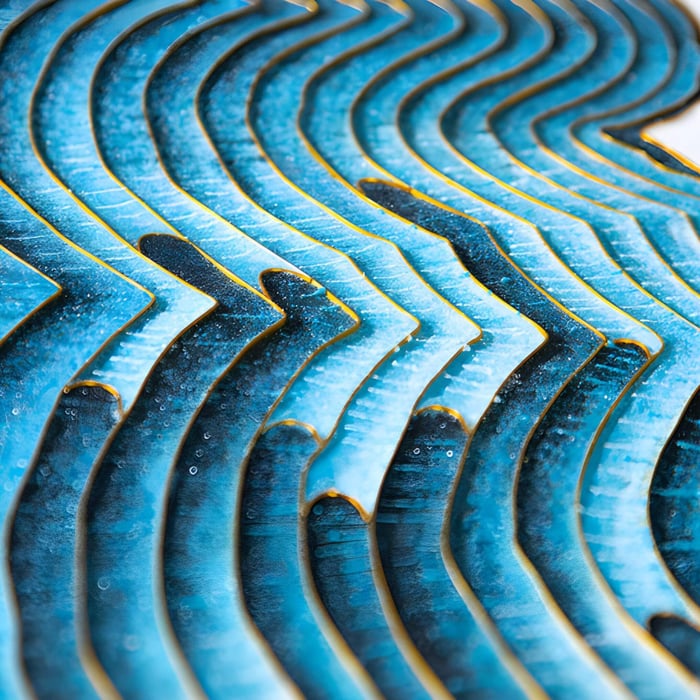
Finishing, Polishing & Framing
Once fired, the enamel surface may need refining. Artists grind or polish to smooth rough edges, achieve even sheen, or expose underlying textures.
Protective coatings may be added to prevent scratches, though enamel itself is highly resistant to wear. The panel is then mounted securely. Large stone mural-style enamel panels require strong frames and anchors to bear their weight.
Framing choices vary, sleek modern frames emphasise the glossy surface, while rustic or metallic frames highlight enamel’s link to craft traditions. Proper hanging ensures stability and allows for the expansion and contraction of metal with temperature changes.
A final inspection ensures the artisan enamel artwork is flawless before reaching its display space.
Challenges & Tips from the Field
Working with enamel is as much science as art. Common issues include:
Cracking or pinholes if the base wasn’t cleaned properly.
Uneven adhesion due to mismatched expansion between enamel and metal.
Colour shifts - some pigments darken after firing.
Overheating causing enamel collapse or bubbling.
Experienced enamelists recommend test tiles to preview colour results, careful control of kiln cooling, and working with compatible metal-enamel pairs. Health and safety remain critical, enamel powders should never be inhaled.
Despite the risks, perseverance leads to breath-taking results. Each panel carries the trace of fire’s unpredictability, making every hand-painted enamel art piece unique.
Conclusion - The Journey from Powder to Wall
From powdered glass to shimmering wall panels, enamel art blends material science and artistry. Its history spans centuries, but in modern interiors, it feels as fresh and striking as ever.
Durable, radiant, and layered with meaning, enamel paintings are not mere decorations, they’re testaments to human patience and creativity. Whether displayed in a private dining room, gallery, or public building, enamel wall panels embody permanence and elegance.
For collectors and admirers, appreciating the process behind these works deepens their value. To commission or explore enamel paintings, look for pieces where fire, colour, and craft come together in harmony.
FAQs
Can enamel art be done on large wall panels?
Yes, though it requires reinforced framing and careful installation due to weight.
Does enamel art fade over time?
No - when properly fired, enamel retains its colour for centuries.
How many firings are typical?
Anywhere from 3–10, depending on the complexity and depth of the design.
Which metals work best for enamel art?
Copper is most common; silver and gold offer luxury finishes, while steel provides durability.
Is enamel art safe to hang indoors?
Absolutely. Once fired, enamel is stable, non-toxic, and perfectly suited for interiors.

